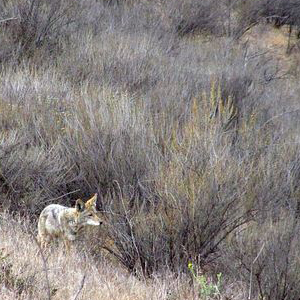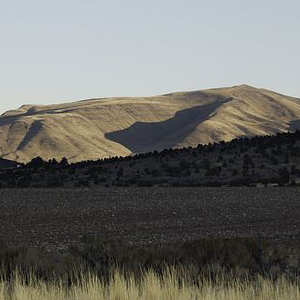Info
Chaparral, vegetation composed of broad-leaved evergreen shrubs, bushes, and small trees usually less than 2.5 m (about 8 feet) tall; together they often form dense thickets.
Chaparral is found in regions with a climate similar to that of the Mediterranean area, characterized by hot, dry summers and mild, wet winters.
The name chaparral is applied primarily to the coastal and inland mountain vegetation of southwestern North America; sometimes it takes the place of a more general term, Mediterranean vegetation, which denotes areas of similar vegetation around the Mediterranean Sea, at the southern tip of Africa, in southwestern Australia, and in central South America.
Sages and evergreen oaks are the dominant plants in North American chaparral areas that have an average yearly rainfall of about 500 to 750 mm (20 to 30 inches).
Areas with less rainfall or poorer soil have fewer, more drought-resistant shrubs such as chemise and manzanita.
The fires that commonly occur during this period are necessary for the germination of many shrub seeds and also serve to clear away dense ground cover, thus maintaining the shrubby growth form of the vegetation by preventing the spread of trees.
Chaparral returns to its prefire density within about 10 years but may become grassland by too frequent burning.
Small, dull-colored animals such as lizards, rabbits, chipmunks, and quail are year-round residents.
Temperature: 30 degrees to 100 degrees
Vegetation: broad-leaved evergreen shrubs, bushes, and small trees
Location: West coast of United States, and South America, Cape Town, South Africa, Western tip of Australia, coastal Mediterranean


